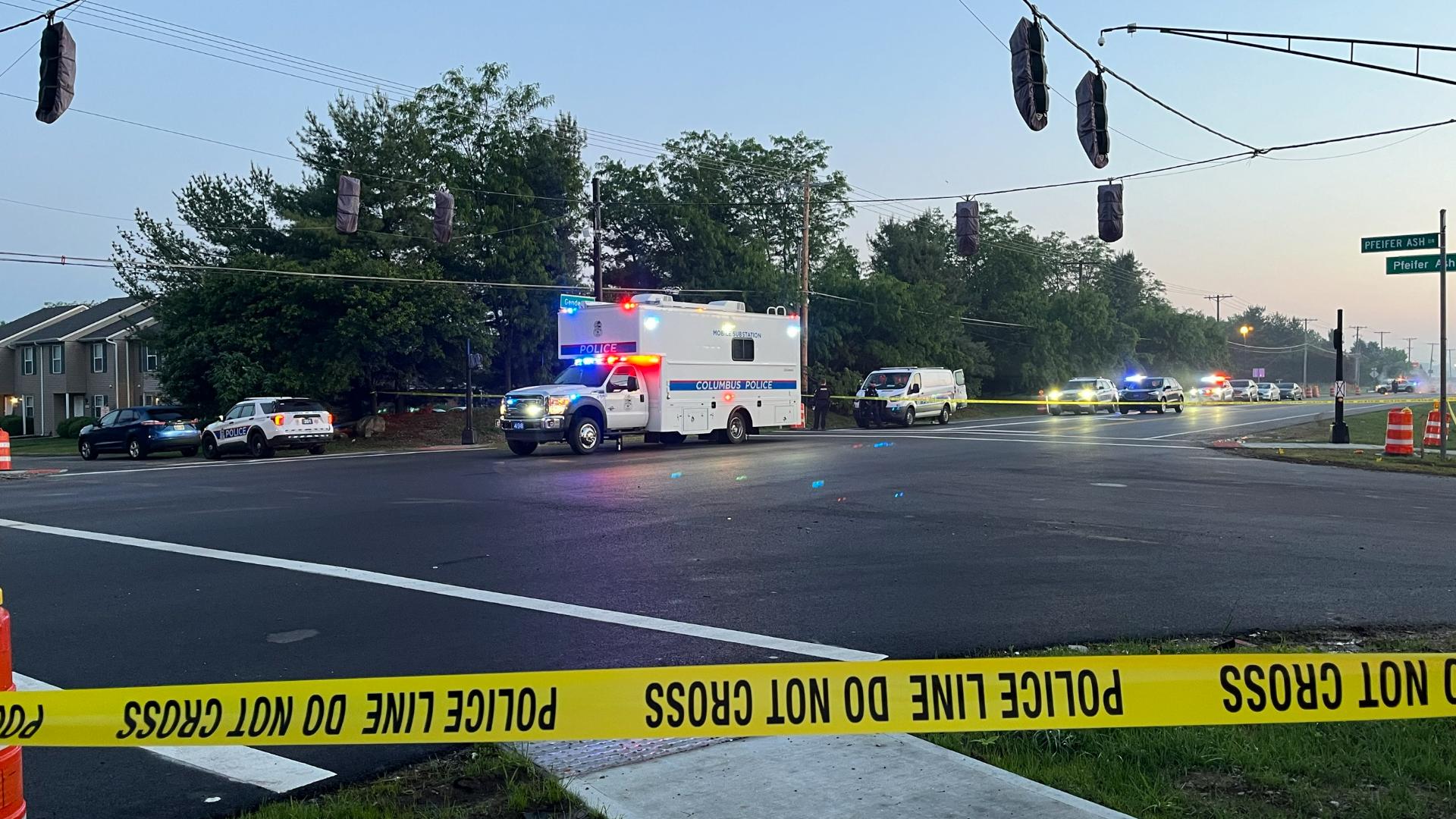COLUMBUS, Ohio — A man arrested 26 years after a brutal assault of a woman says the state took too long to charge him and his conviction should be thrown out in a case that went before the Ohio Supreme Court Thursday.
Ralph Bortree was arrested in 2019 and charged with attempted aggravated murder in the 1993 attack on the 19-year-old woman, who was abducted, raped and left for dead.
Authorities arrested Bortree using a forensic genealogy technique that traced DNA found at the scene.
The statute of limitations for rape and kidnapping expired after six years. But prosecutors said Ohio law still allowed Bortree to be charged with attempted aggravated murder. Bortree was convicted and sentenced to 11 years in prison.
The Third Ohio District Court of Appeals upheld that conviction and Bortree appealed. A decision by the Ohio Supreme Court isn't expected for weeks.
In 1999, lawmakers updated state law to indicate there was no statute of limitations for the crimes of aggravated murder or murder, and those sections included attempts of such crimes, Eric Stewart, the Logan County prosecutor, told the state Supreme Court Thursday. That law applied retroactively in most cases.
The statute of limitations for attempted burglary is 20 years, Stewart said, noting the appeals court called a shorter time limit for attempted aggravated murder “an absurd result.”
Bortree stalked the victim, kidnapped her at gunpoint, sexually assaulted her, slit her throat and left her for dead, Stewart said.
“The only reason that she’s alive is because he barely, by millimeters, missed hitting her carotid artery,” he said.
Some justices appeared skeptical of Stewart's interpretation of the law at the time. Lawmakers also added the word “attempted” to rape cases, said Justice Michael Donnelly, who asked why they didn't do the same for aggravated murder.
“If they do it in one section and they don't do it in another, we have to assume they did it for a reason,” Donnelly said.
Stewart argued lawmakers did include it by making clear the change applied to “the most serious crime on the books in Ohio, aggravated murder and murder.”
The lawyer representing Bortree argued the opposite, Because state law doesn’t specifically define a limit for attempted aggravated murder or attempted murder, the statute of limitations on that charge — six years — had expired, said attorney James Tyack.
“The General Assembly has never stated that these should have any other statute of limitations than the default for a felony of six years,” Tyack said.
Although some DNA tracing was done over the years on the case, authorities finally connected Bortree to the attack in 2019 using a technique known as genetic genealogy, in which relatives of a suspect are traced by uploading the suspect's DNA to public genealogy sites.
Detectives collected used cigarette butts discarded by Bortree at work and then tested them with positive results, according to court documents.



